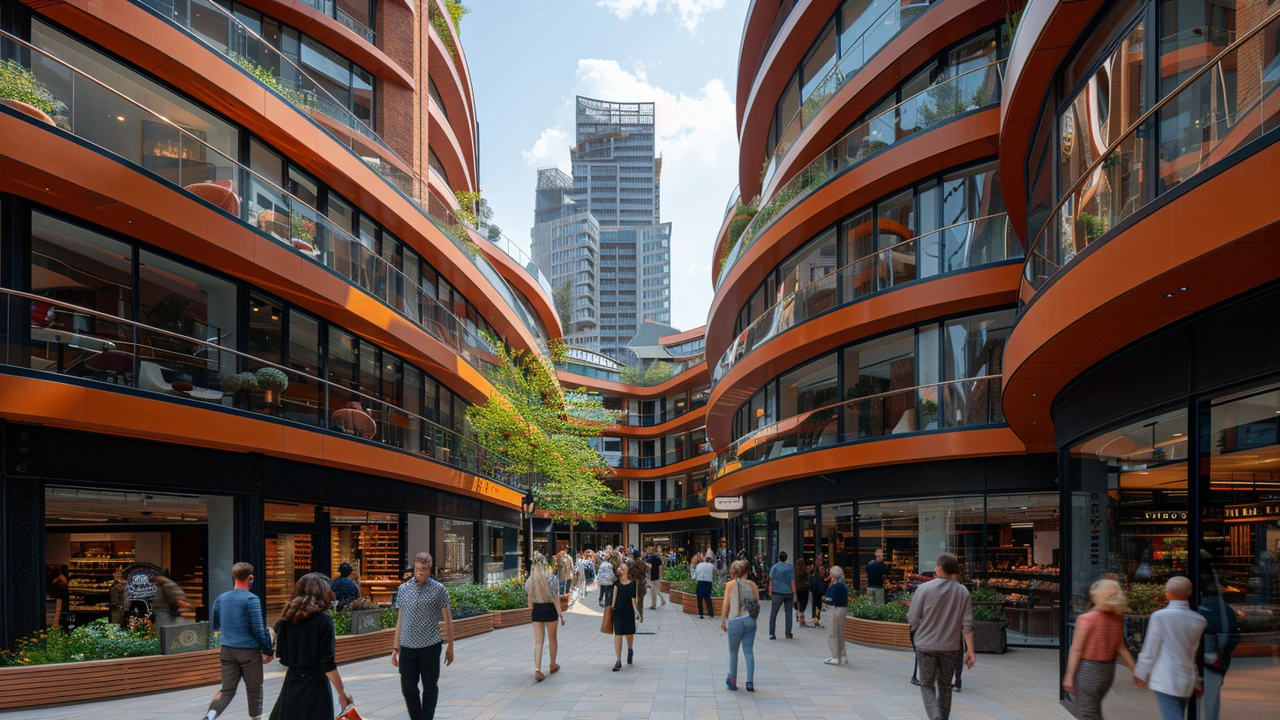City Landscapes: A Practical Guide to Spotting Urban Architectural Styles
A single city block can hold buildings from six different centuries. If you know what to look for, that jumble turns into a map of history and design. This page groups short, useful articles that help you recognize styles, pick walking routes, and take better photos of the city around you.
How to spot styles on the street
Start with big shapes. Domes and rounded arches point to Roman or Byzantine roots; pointed arches, spires, and stained glass hint at Gothic Revival. Look for symmetry and sash windows for Georgian, and big columns and pediments for Greek Revival. Beaux-Arts shows grand stairways and heavy ornament; Art Nouveau uses flowing, plant-like lines; Baroque loves drama and curves; Postmodern often mixes past styles with bright colors or ironic elements; Minimalism strips details into clean planes.
Materials tell stories too. Thick stone walls and rounded arches often mean Romanesque or Roman influence. Brick facades with decorative cornices tend to be Georgian, Colonial, or Industrial-era. Cast iron and glass facades usually date to the 19th century. If you spot mosaics or gold-tinted interiors, think Byzantine. Roof shapes help: gambrel roofs point to Dutch Colonial Revival; flat roofs and large glass areas are modern or minimalist.
Small details seal the ID. Window shapes, door surrounds, column capitals (Doric, Ionic, Corinthian), cornice lines, and staircases all point to a style. Check plaques or cornerstone dates; many buildings list the year they were completed. That one fact can narrow down the era quickly.
Quick walking‑tour checklist
Bring a simple toolkit: a notebook or phone, a camera, and a maps app. Before you go, pick one style you want to study—say, Beaux-Arts or Art Nouveau—and scan a block or two for big features. Take a wide shot and one close-up of ornament or a window. Golden hour gives better texture and fewer harsh shadows for photos.
Use the map to compare building dates and look for clusters of similar styles—historic districts often preserve multiple examples. If a building looks patched or oddly mixed, that’s useful: renovations and revivals tell you how the city reused older forms. Visit nearby museums or city archives to learn why those styles appeared where they did—industrial growth, civic pride, religious influence, or wealthy patrons are common reasons.
Want a starting read? Try the pieces on Ancient Roman architecture for arches and aqueducts, Beaux-Arts for grand civic buildings, and Gothic Revival for churches and spires. Use the tags to jump between related posts and plan a short route to see several styles in one walk. Put these tips to use next time you wander the city—architecture becomes a guide, not just a backdrop.

Expressionist Architecture's Impact on City Design and Aesthetics
Expressionist architecture presents a unique blend of emotion and structural form, significantly enhancing urban landscapes. This article explores how this dramatic and visionary style has influenced cityscapes worldwide. It delves into notable examples of expressionist buildings and discusses their characteristics. The influence of social and cultural contexts on the adoption of expressionism in architecture is also highlighted, providing insights into how this style fits within modern urban settings.
Read more